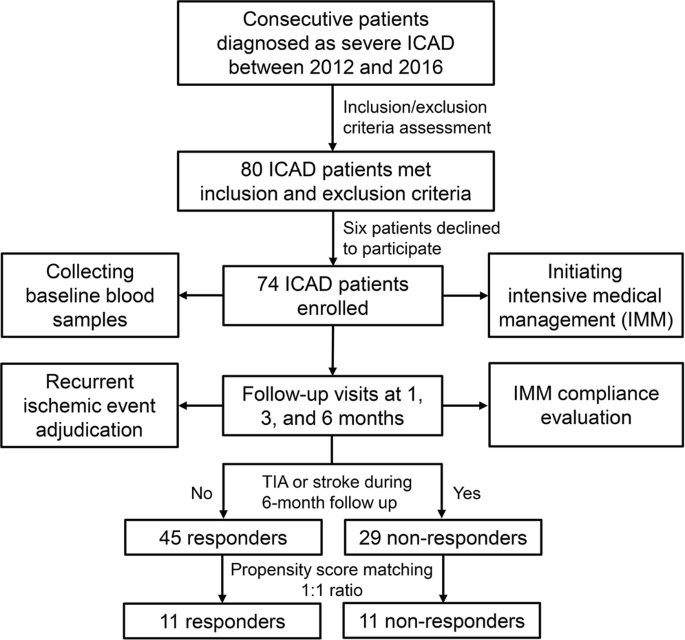
Icad stroke drivers#
As these populations are major drivers of global population growth, the global stroke burden from ICAD is expected to rise over time.Ĭlinical trials in the last decade have improved our understanding of the high stroke recurrence rate in ICAD, risk factors and neuroimaging biomarkers associated with recurrence, as well as ushered in therapeutic changes. ICAD is highly prevalent in African-American, Asian (China, Japan, South Korea, India), as well as Hispanic populations 1. The middle cerebral arteries are the most common site, followed by the basilar artery, the internal carotid arteries, and the intracranial vertebral arteries 4, 5. Intracranial atherosclerotic disease (ICAD) may occur concomitantly with systemic atherosclerosis involving other arterial beds such as extracranial, coronary, or peripheral arteries, or may occur in isolation 2, 3. Future research should aim to establish clinical, serologic, and imaging biomarkers to identify high-risk patients, and clinical trials evaluating novel therapies should be focused on these patients.Ītherosclerosis in major intracranial arteries leads to changes ranging from minor wall thickening to hemodynamically significant luminal stenosis, and is one of the most common causes of stroke worldwide 1. Nevertheless, there are subgroups of patients who are still at high risk of stroke despite being treated with aggressive medical management. As such, aggressive medical management has become the standard of care for symptomatic patients with ICAD.
Icad stroke plus#
Randomized clinical trials comparing aggressive management (dual antiplatelet treatment for 90 days followed by aspirin monotherapy and intensive management of vascular risk factors) with intracranial stenting plus aggressive medical management have shown medical management alone to be safer and more effective for preventing stroke. Diabetes, hypertension, metabolic syndrome, smoking, hyperlipidemia and a sedentary lifestyle are the major modifiable risk factors associated with ICAD. It is more prevalent among blacks, Hispanics and Asians compared with whites. Intracranial atherosclerotic disease (ICAD) is a highly prevalent cause of stroke that is associated with a high risk of recurrent stroke.

Reference sections of published randomized clinical trials and previously published reviews were searched for additional references.

References for the review were identified by searching PubMed for related studies published from 1955 to June 2016 using search terms “intracranial stenosis” and “intracranial atherosclerosis”. Our goal in this review is to discuss the pathophysiology, diagnosis and treatment of stroke caused by atherosclerosis of the major intracranial arteries.


 0 kommentar(er)
0 kommentar(er)
